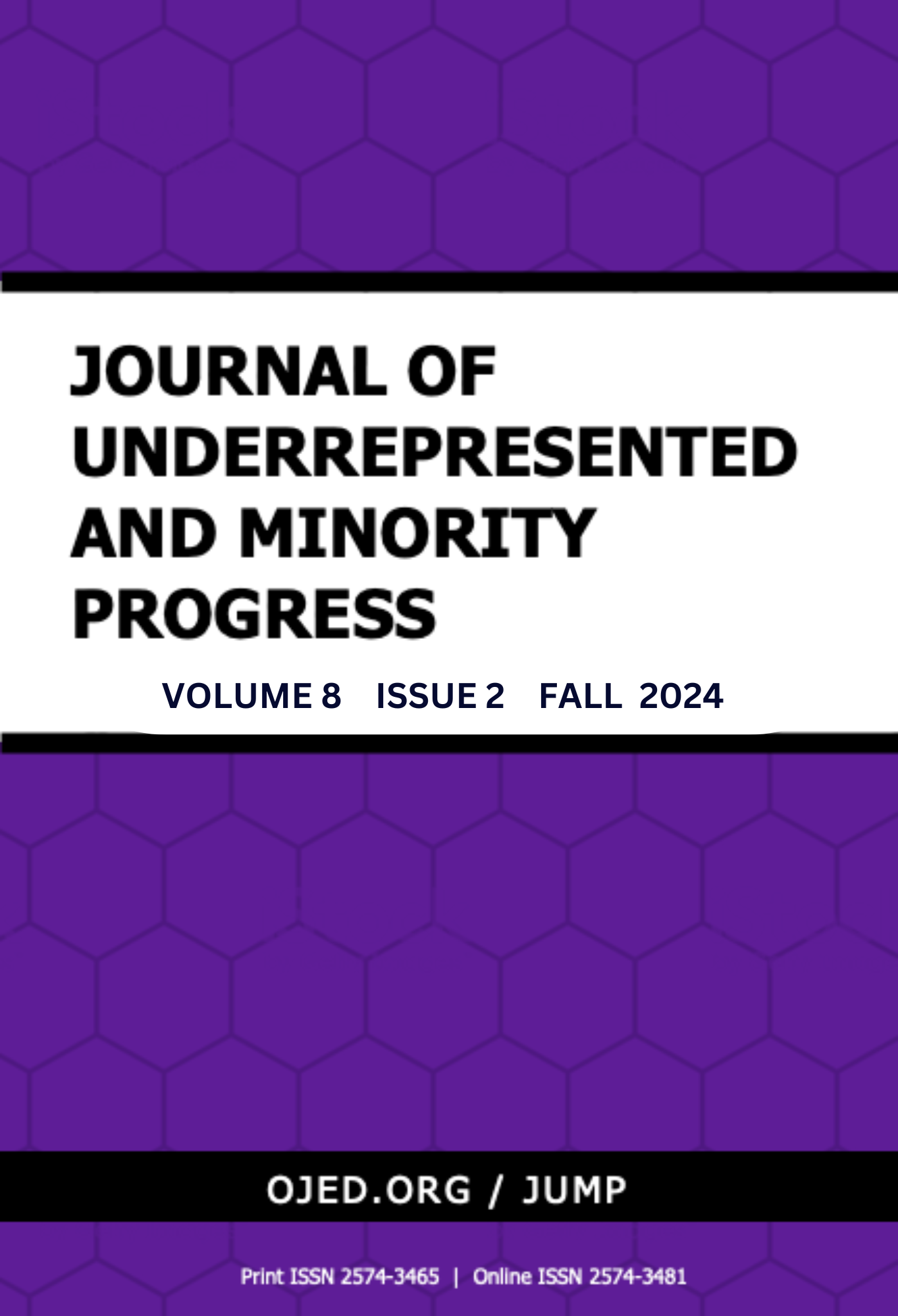Minority Discourse and Social Exclusion: A Study on the Ahmadiyya Community in Bangladesh
DOI:
https://doi.org/10.32674/jump.v8i1.6077Keywords:
'Ahmadiyya community', 'Bangladesh', 'discourse analysis', ', 'religious minority', 'social exclusion'Abstract
This paper explains the structure of discourse propagated by the traditional religious authorities and its role in creating social exclusion of the Ahmadiyya community in Bangladesh. Utilizing the Critical Discourse Analysis (CDA) method, the study expanded on the relevant literature and purposively reviewed and examined eight videos about Ahmadiyya and anti-Ahmadiyya speeches collected from different YouTube channels. The study also included the discursive analysis of eight in-depth interviews with individuals from the Ahmadiyya community who lived in the Brahmanbaria district of Bangladesh and were influenced and affected by the dominant discourse. Results revealed that the construction of in-group, defamatory, and derogatory discourses cultivated a culture of social hatred and social ostracism against the Ahmadiyya community and homogeneity within the community. Thereby, the Ahmadiyya community was excluded from social participation, economic facilities, and political protections, though they partially excluded themselves following their cult. Finally, the paper recommends ideology construction, reformation in social relationships disregarding the majority-minority wall, and standard state regulation for cultural development in the behavioral aspects among the people of Bangladesh.
References
M Rezaul Islam, Professor, Institute of Social Welfare & Research, University of Dhaka, email: rezauldu@gmail.com
Professor Joseph Wronka , Department of Social Work
Springfield College, and Representative to the United Nations in New York for the
International Association of Schools of Social Work (IASSW), email: josephwronka@gmail.com


